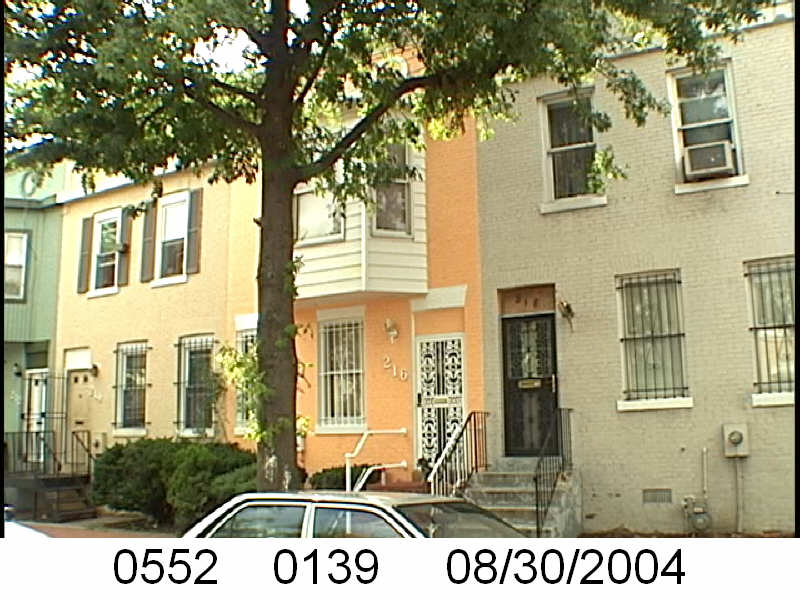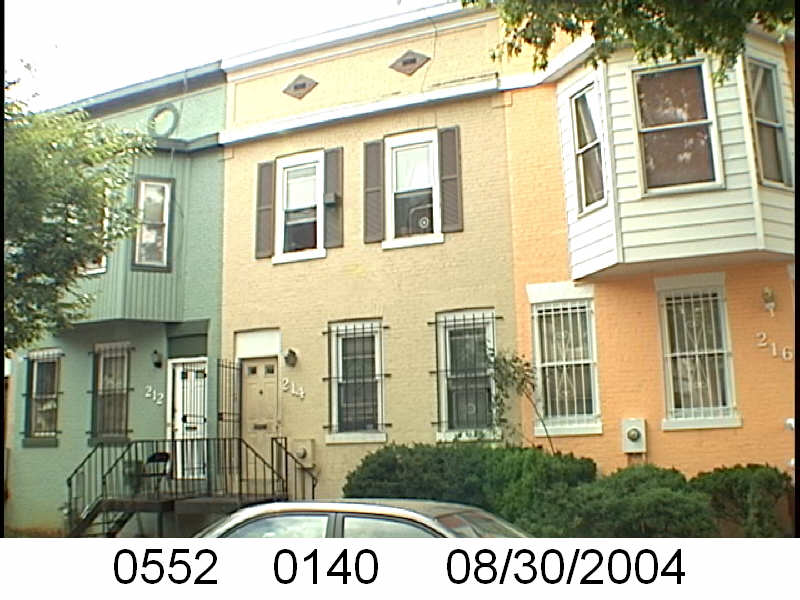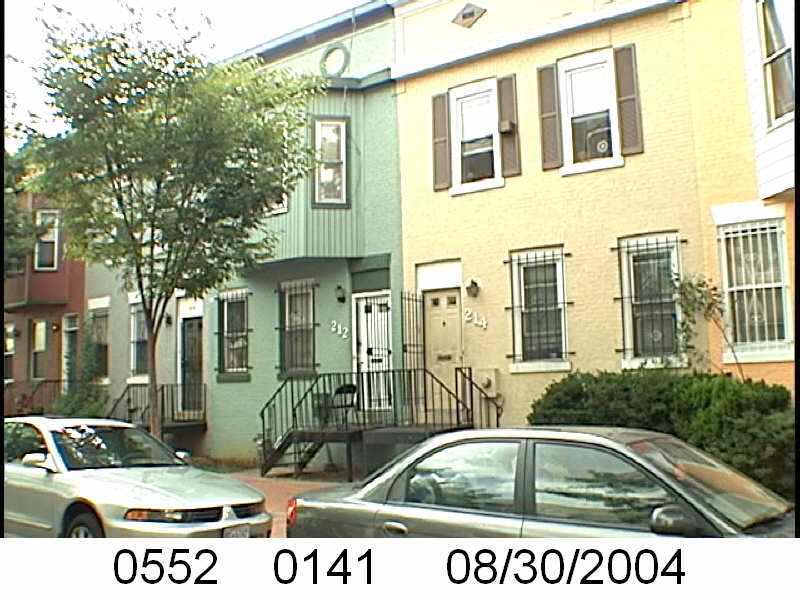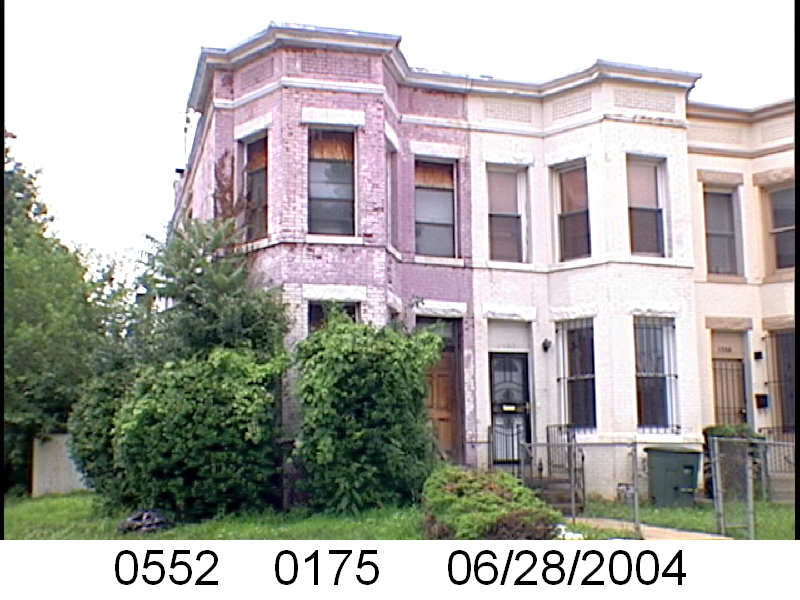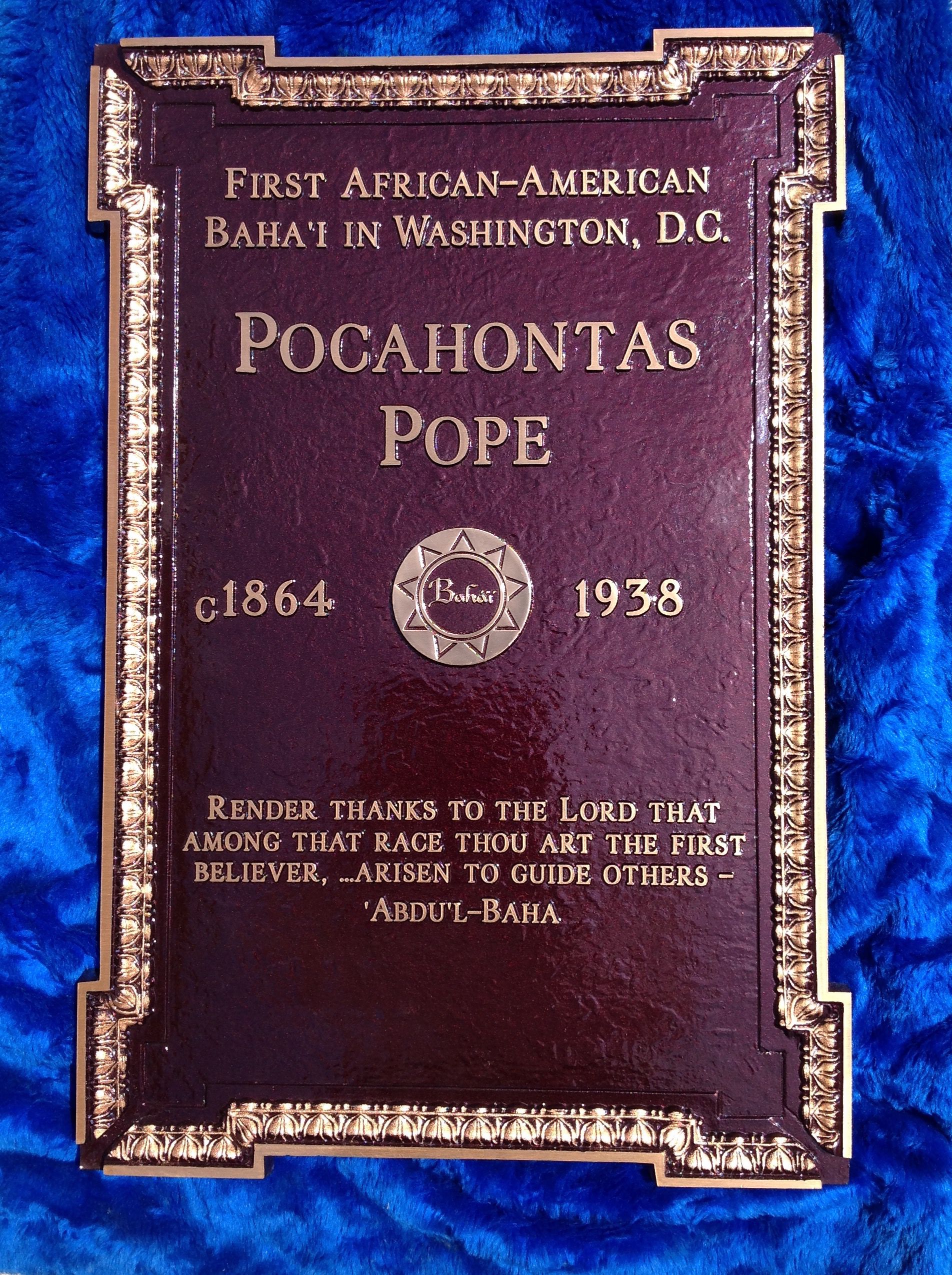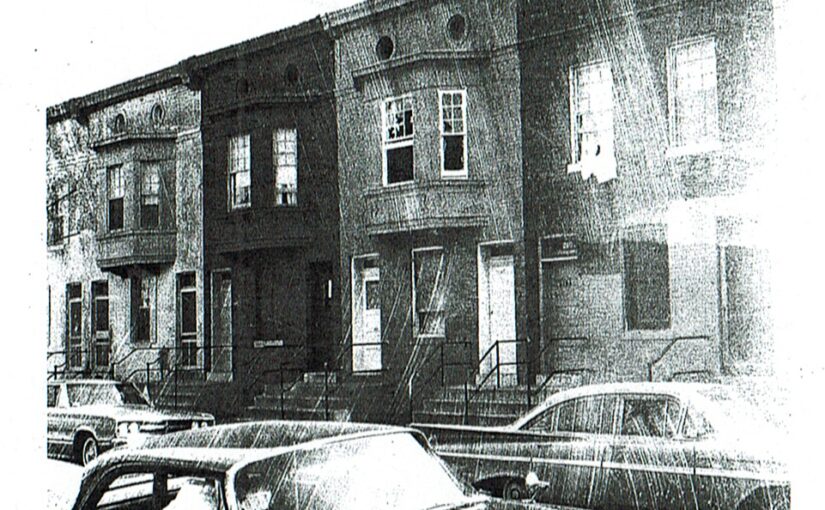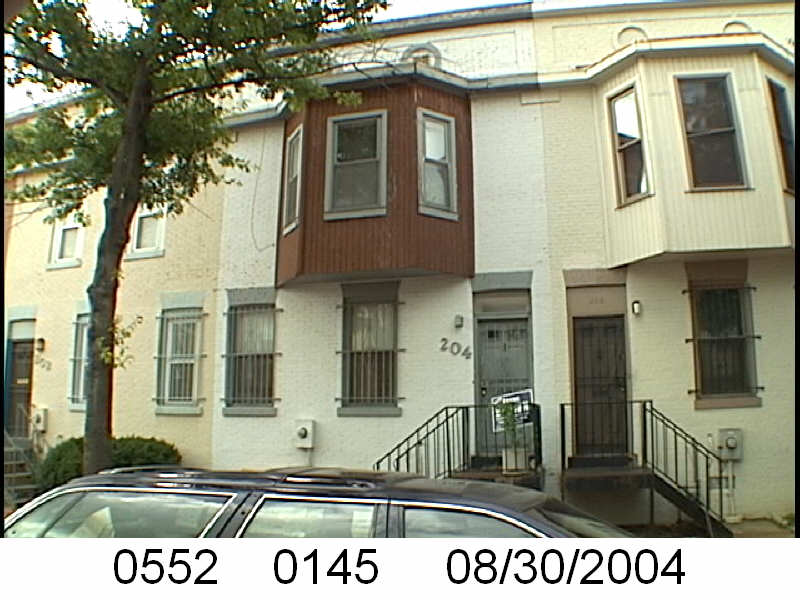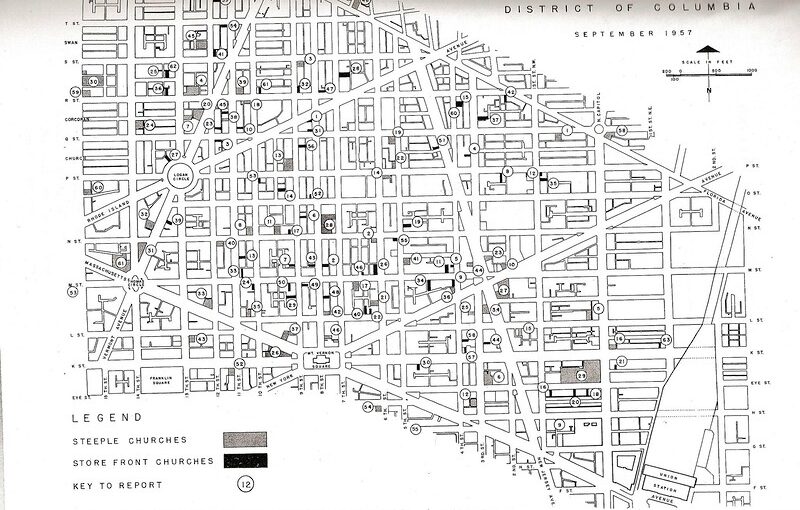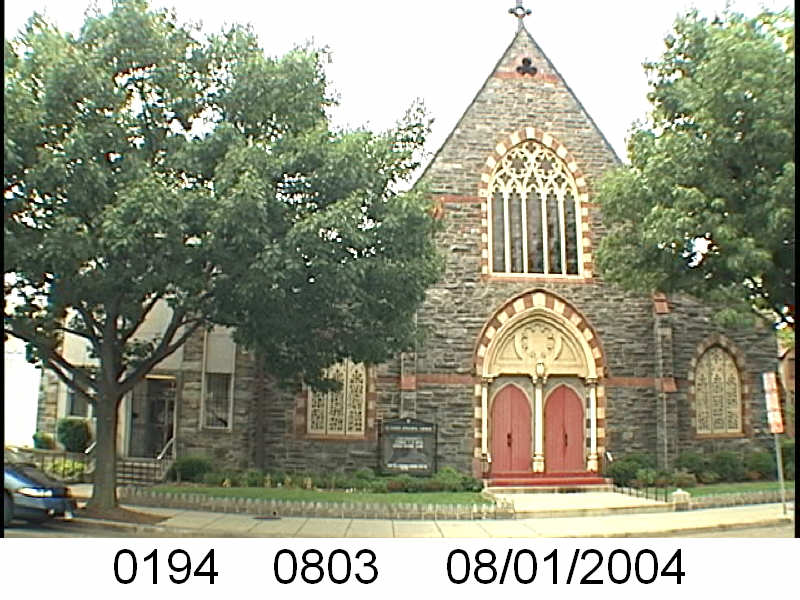The Washington Sanitary Improvement Company (WSIC) was a late 19th century charitable capitalism experiment that ended in the 1950s. This blog started looking at the homes that were supposed to be sold to African American home buyers, after decades of mainly renting to white tenants.
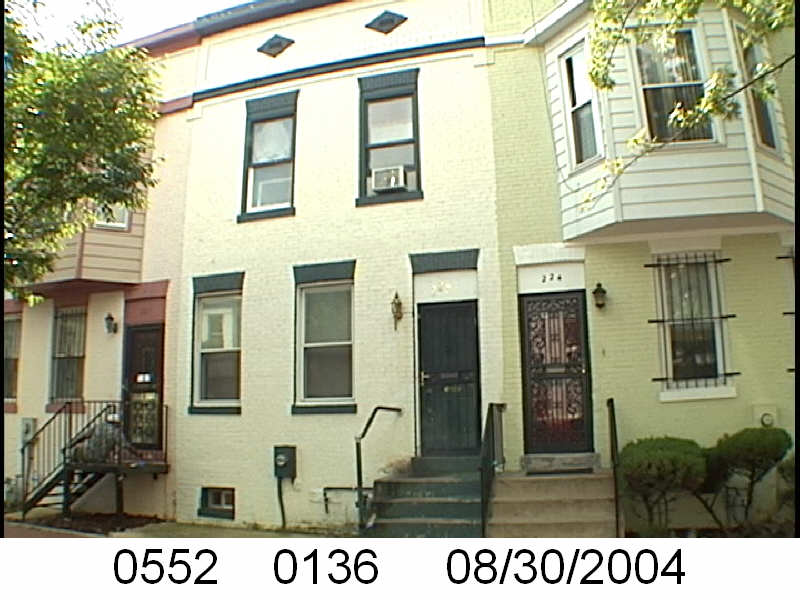
Looking at WSIC properties they tend to have a pattern where the properties were sold to a three business partners, Nathaniel J. Taube, Nathan Levin and James B. Evans as the Colonial Investment Co. for $3 million dollars. Those partners sold to African American buyers. There was usually a foreclosure. Then the property wound up in the hands of George Basiliko and or the DC Redevelopment Land Agency (RLA). Then there were the odd lucky ones who managed to avoid that fate.
Let’s see what happens with 222 Bates St NW:
- December 1950 (recorded Jan 18, 1951) Evans, Levin and Taube sold one-half of 222 Bates St NW to Eleanor S. and Patrick C.H. Higgenbotham.
- December 1950 (recorded Jan 18, 1951) the Higgenbothams borrowed $2,525 from Colonial Investment Co. favorite trustees Abraham H. Levin and Robert G. Weightman.
- December 1950 (recorded Jan 18, 1951) Evans, Levin, and Taube sold the other half of 222 Bates St NW to Leon Sayles.
- December 1950 (recorded Jan 18, 1951) Leon Sayles borrowed $2,525 from trustees Abraham H. Levin and Robert G. Weightman.
- March 1952 the Higgenbothams lost their half to foreclosure, via an auction it returned to the ownership of Evans, Levin and Taube.
- April 1952 Evans, Levin and Taube sold the foreclosed half to James A. and Leonia T. Edmunds.
- April 1952 the Edmunds borrowed $2,857.69 from trustees Abraham H. Levin and Robert G. Weightman.
- February 1960 the Edmunds lost their half to foreclosure and through an auction it returned to the Colonial Investment Co partners, Harry A. Badt, Nathaniel J. Taube, and James B. Evans.
- May 1960 Harry and wife Jennie Badt sold/transferred their interest in 222 Bates and several other properties to the survivors of Nathan Levin.
- November 1961, Leon Sayles paid off his mortgage with Levin and Weightman.
- November 1961 (recorded 1/5/1962), as part of a larger property deal, Badt, Evans, Taube, the Levin survivors and their spouses sold the remaining half to Sophia and George Basiliko.
- November 1977 Basiliko sold his half to Ruby C. and Lisa Davis.
- November 1977 the Davis borrowed $7,000 from trustees Leonard C. Collins and John M. Swagart.
- January 1988, as legatee of Leon Sayles, Laura Davis sold Sayles’ half and with Ruby Davis, sold their half to James Lee Banks.
This seems to be okay. Although the house belonged to George Basiliko at one point, he eventually sold it to individuals who didn’t seem to be developers. And in the 1988s it came under the ownership of one person.

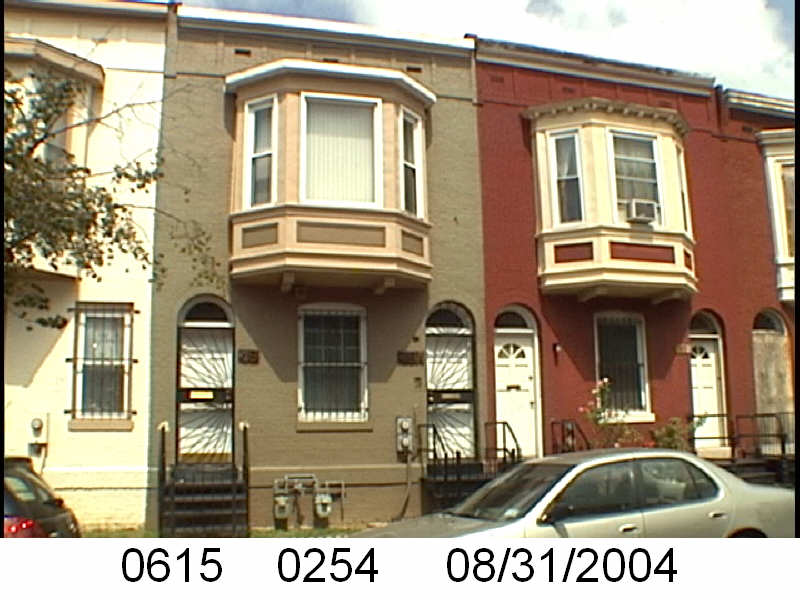
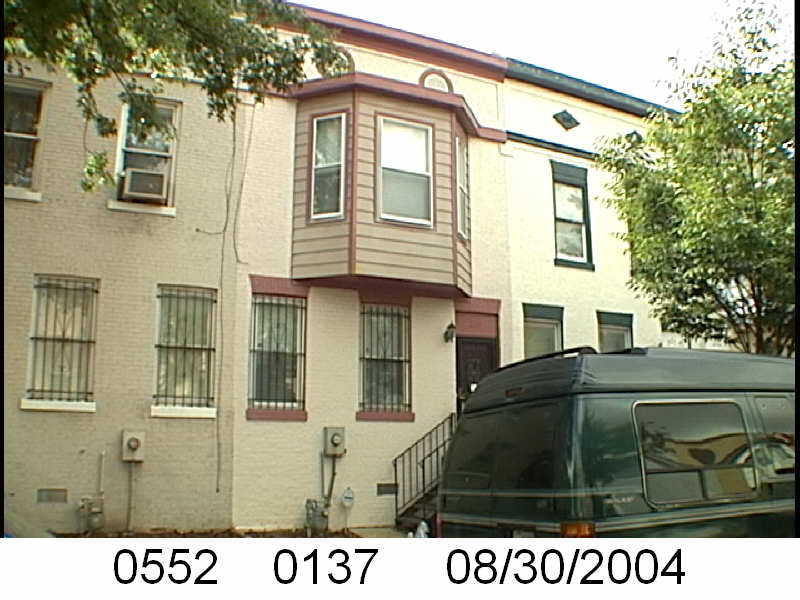 Let’s see what happens with 220 Bates St NW:
Let’s see what happens with 220 Bates St NW: